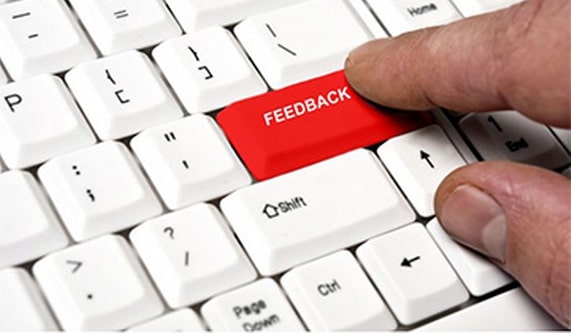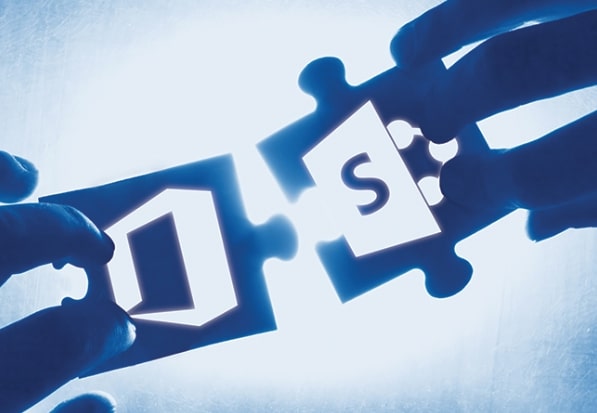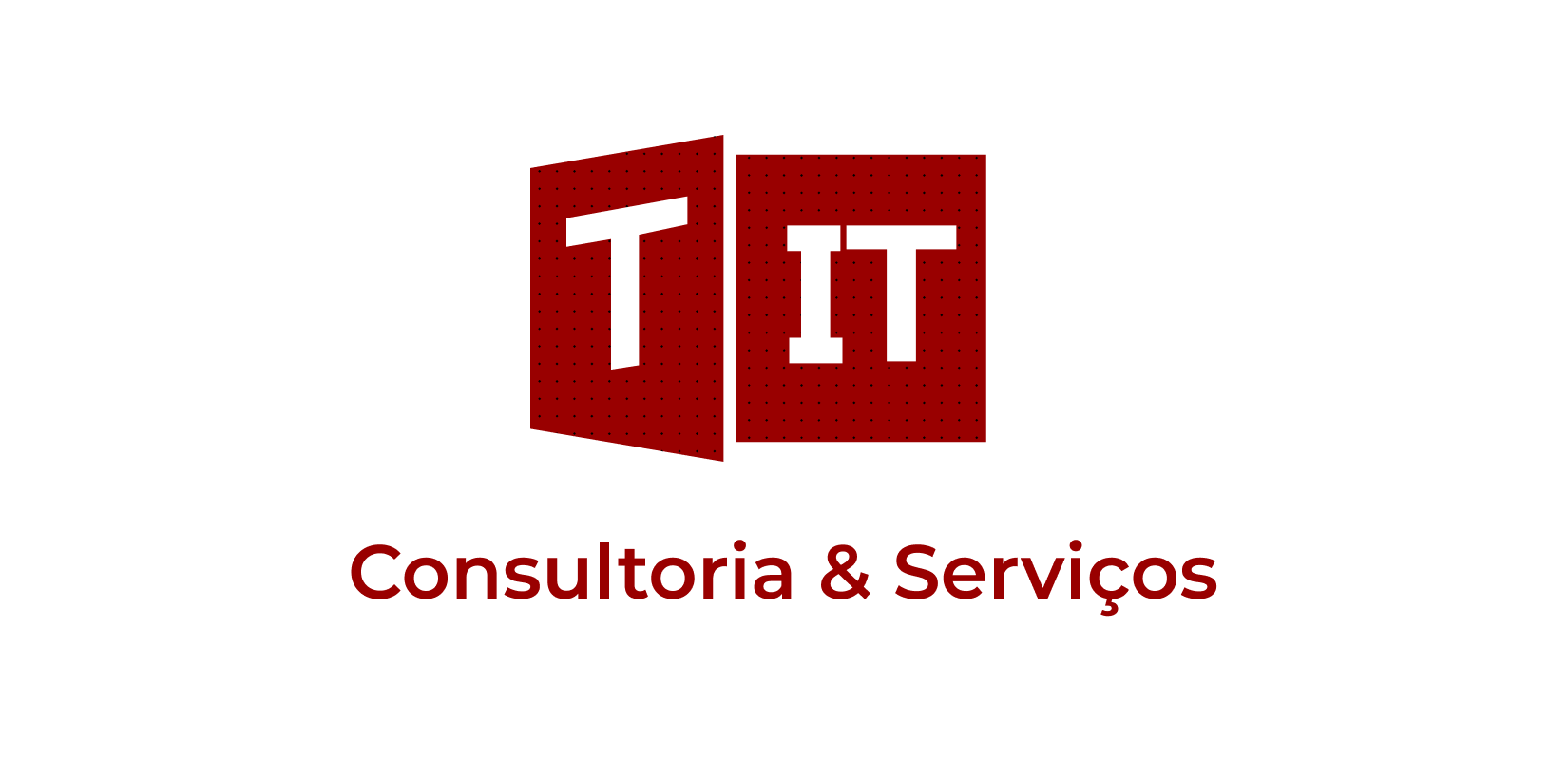In the age of instantaneous messaging, global connectivity, and the omnipresent internet, the pace at which we communicate has undergone a dramatic transformation. Today, in the hyper-connected landscape of modern workspaces, the duration of response time has shrunk significantly. Responding quickly to queries, concerns, or simply acknowledging receipt of a message, has become a benchmark for efficiency, professionalism, and courtesy. But why has faster communication response time become a cornerstone of succeeding in the modern workplace? Let’s dive in.
A Reflection of Commitment and Efficiency
Imagine sending an email to a colleague, vendor, or customer and waiting weeks for a reply. Not only would it stall projects, but it would also reflect poorly on the sender’s professional commitment and efficiency. Quick response times, even if it’s just to say “I’ll get back to you soon,” shows that you value the other person’s communication and that you’re attentive to your work.
The Age of Instant Gratification
With the rise of smartphones and real-time messaging apps, we live in an era where we expect instant replies. A WhatsApp message left unanswered for a few hours becomes a source of anxiety. This societal shift towards instant gratification has percolated into the workplace. Timely responses signal that you’re on top of your game, and that you understand and respect the pace of modern business.
Foster Trust and Credibility
Responding promptly to communication, whether it’s an email, a phone call, or a text message, fosters trust. It shows that you’re reliable and that you can be counted on to address issues, answer queries, or simply be present when needed. Over time, this establishes a reputation for being dependable, which is invaluable in the workplace.
Competitive Edge in Business
From the perspective of businesses, especially those in customer service, response time can be a differentiator. According to a study by Harvard Business Review, companies that tried to contact potential customers within an hour of receiving a query were nearly seven times as likely to qualify the lead as those who tried to contact the customer even an hour later. The early bird truly does catch the worm in today’s fast-paced business environment.

Globalized Work Environments
Global workplaces mean collaborating across time zones. Delayed responses can lead to missed opportunities, prolonged decision-making processes, or operational inefficiencies. A culture of quick communication can mitigate the challenges posed by geographical separations and varied time zones.
Potential for Misunderstandings
Delayed responses can lead to unnecessary confusion. For instance, if a team member sends out a message seeking clarification on a task and doesn’t receive a timely reply, they might proceed based on assumptions. This can lead to errors, rework, and frustration. Prompt communication can circumvent such pitfalls.
Points to Consider: Prioritizing Quality Over Rapid Execution and Avoiding Exhaustion
While fast response times are increasingly essential, there are caveats. Speed should not compromise the quality of communication. A hasty, ill-thought-out response can sometimes do more harm than a delay. It’s vital to strike a balance.
Furthermore, the expectation of rapid responses can lead to burnout. Always being “on” isn’t sustainable. Companies must foster a culture where fast communication is valued but should also ensure that employees don’t feel pressured to be constantly available, especially outside working hours.
The modern workplace is evolving, and with it, the nuances of professional communication. While rapid response times are becoming a hallmark of efficiency and professionalism, it’s essential to ensure that speed does not sacrifice quality. As workplaces continue to adapt to the changing technological and societal landscape, finding a balance between speed, quality, and well-being will be the key to success.













 Follow @cardiolog
Follow @cardiolog 